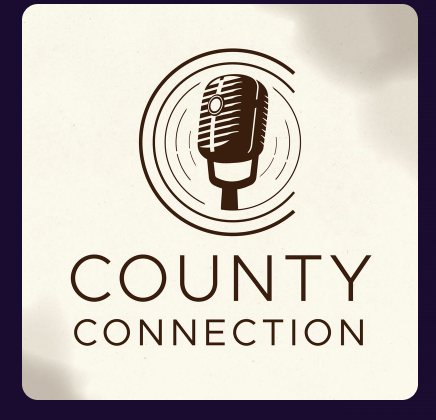You receive an envelope in the mail from your longstanding large banking institution and realize that it is not a letter, but rather a new monthly bill for hundreds if not thousands of dollars for your entity’s banking services.

New Federal regulations and fees are directly impacting the way banking institutions are charging their public entities and higher Ed clients for banking services.
Large banks are feeling the greatest pressure from the Fed, (Dodd-Frank which yet to be complete, imposed fines and settlements, etc.) resulting in greater self-imposed standards, which are driving up their underlying costs to cover risk and compliance overhead. A good example is the topic of “soft charges” – a coveted bank practice to cover services charges under deposit earnings credits, versus “hard charges” – a direct payment for services rendered. It appears that the large banks are more inclined to convert over to a new “hard charge” policy while local community banks are poised to use this as an opportunity to pursue the public and higher Ed space by sticking to the “soft charge” practice.
Case in point, last week a town in Upstate New York was surprised to receive a letter from their large banking institution informing them that they would start to receive a monthly bill of $900 to cover their banking services. Which we described here in our blog.
So what do you do knowing that these types of letters could be in the mail? My advice: don’t wait for the form letter to arrive – call your bank now and set up a meeting to discuss this very topic in person. If you are not happy with their response, call your local community bankers and ask for their help and guidance. You may find that your banking fees will go down, while communications become more personal and local.


